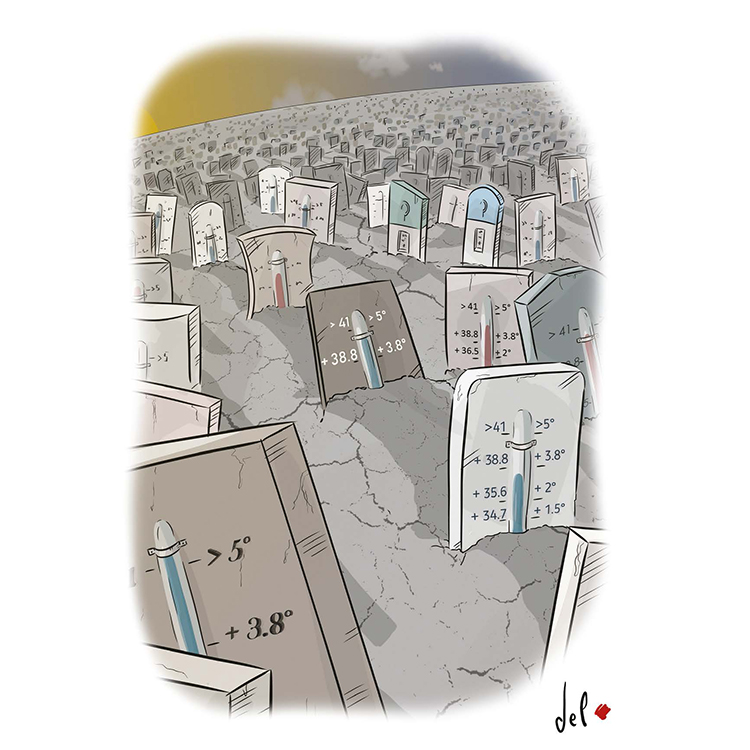The Mauna Loa observatory, in Hawaii, has found the average concentration of carbon dioxide, the main greenhouse gas, to be above 410 parts per million (ppm), the highest level seen in the last 800,000 years. Scientific reports from the IPCC continue to reassert one thing: stopping climate change is becoming ever more urgent and the window of opportunity keeps getting smaller.
Renewable Matter believes that climate change is the biggest challenge humanity has ever had to face. It requires an even greater industrial transformation than the one which was undertaken for the Second World War, a transformation which must articulate political vision, audacity, wide social participation and technological ingenuity.

We have seen how, in France, raising taxes on diesel triggered a middle class revolt. A middle class that is unwilling to come to any kind of compromise that will damage its prosperity. In Italy, a measure introducing bonuses and penalties for vehicles based on their emissions, one of the first pro-environment measures adopted by the current government, caused widespread and almost universal criticism. In the United States, Trump has revoked many of the decarbonisation laws enacted by the Obama administration.
Emissions rose by 2.7% in 2018. However, no significant behavioural changes have occurred, even though the Eurobarometer reports that 85% of citizens agree on the fact that the fight against climate change ought to be a priority. Global warming is a dark and complex enemy. The causes of inaction in ceasing emissions are varied: indolent conservative governments, large corporations with profit driven interests, misinformed small businesses, uneducated citizens (sometimes well-informed but often victims of their own laziness, this author included). Inaction is primarily cultural and psychological, well before it becomes political.
The circular economy concept is gaining traction all over the world, from Europe to China, from the US to South America. It is essential, however, to work on an extended concept of circular economy that includes a central vision of the circularity of energy and of zero-carbon, or better yet “carbon-smart” circular economy (see interview with Jennifer Holmgren).
What is to be done? On the one hand, research and eco-design have to be encouraged, so as to aid the creation of electric batteries, solar panels, wind turbines, electrical appliances and electronics that are completely circular. Support for renewable energy and energy-saving practices is a key element for the European Commission, and therefore closed loops are required to manage all relevant materials (cobalt, lithium, rare earths, copper, etc.) that must then be reused once a product reaches its end of life. On the other hand, circular industrial processes must always aim for the ‘lowest-carbon solution,’ which means always choosing the least carbon-intensive option. Finally, technologies that aim to help with CCU (Carbon Capture and Usage) must receive strong support, be they large bio-refineries that produce bio-polymers and ethanol for biofuels derived from captured CO2, or large reforestation plans that promote the forest-bioeconomy, using trees and wood as lasting carbon sinks for at least 300 years (giving the go-ahead, for example, to retrofitting wood-based prefab buildings). This latest issue of Renewable Matter is a starting point for these kinds of reflections, which will continue in the coming months. The fight to stop climate change has only just begun.



